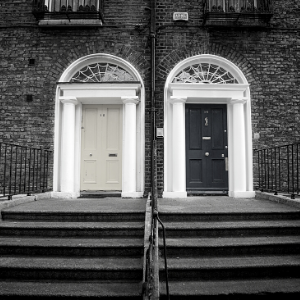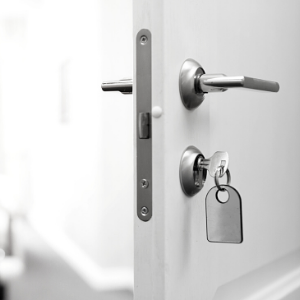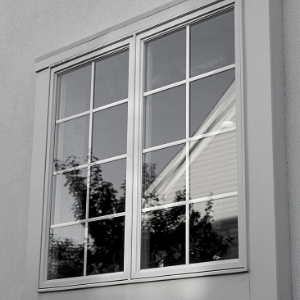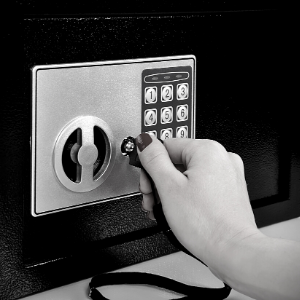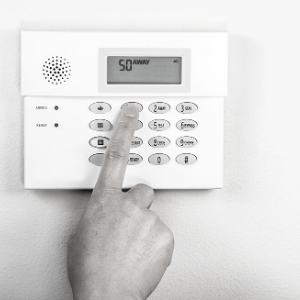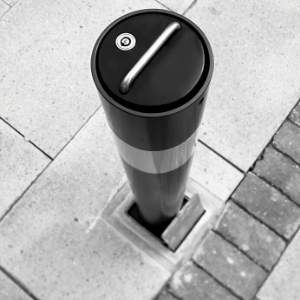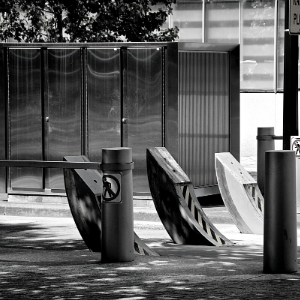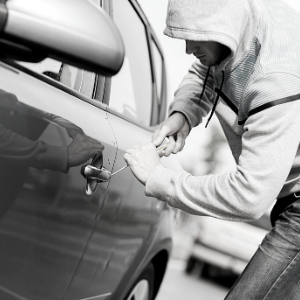Security Standards Explained
Secured by Design (SBD) operates an accreditation scheme on behalf of the UK police for products or services that have met recognised security standards. Such products or services must be capable of deterring or preventing crime and are known as being of a ‘Police Preferred Specification’.
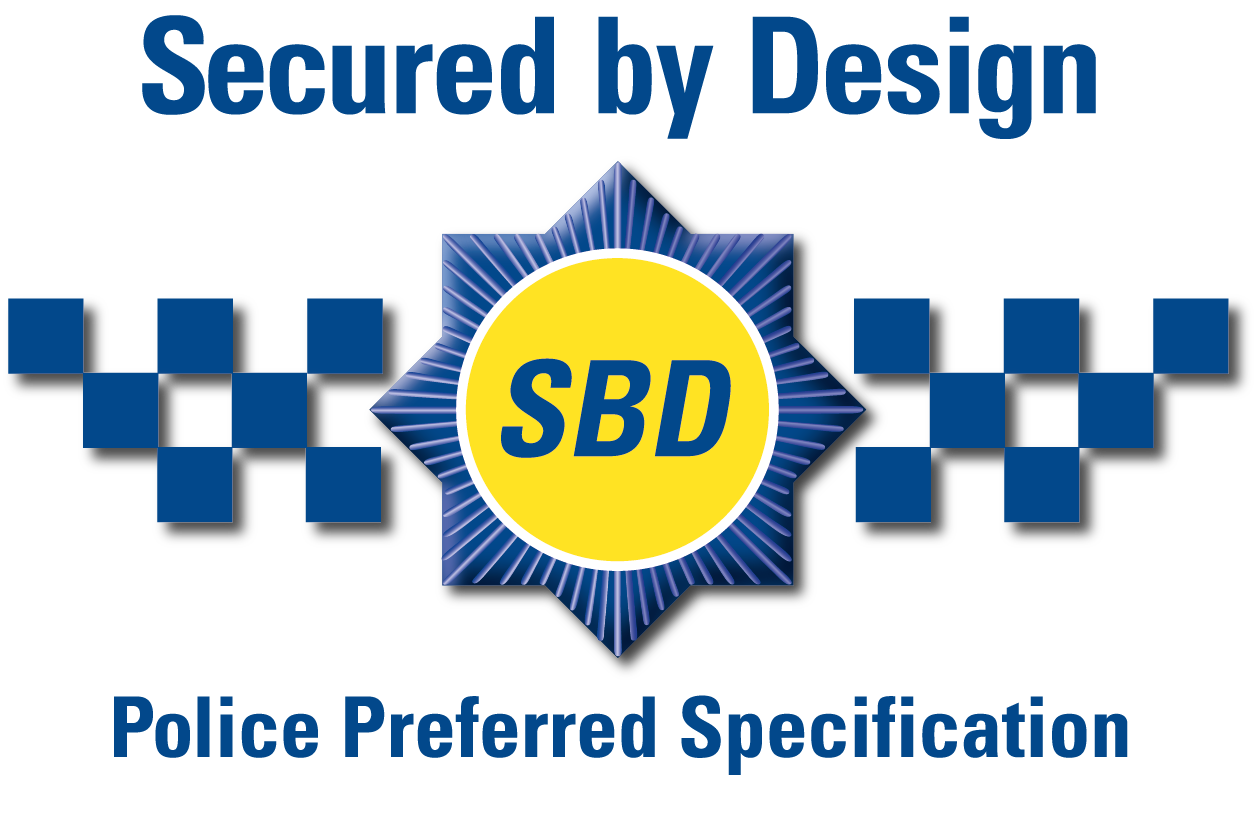
Police Preferred Specification ensures that products have been:
- Independently tested to a relevant security standard
- Fully certified by an independent third-party, United Kingdom Accreditation Service (UKAS) certification body
Or
- Tested and certified by an approved body such as Sold Secure or Thatcham
Police Preferred Specification requires:
- Regular re-testing
- Annual inspection of the manufacturing facility to ensure quality and performance are maintained (by a UKAS body)
A full list of UKAS bodies can be found within the Testing and Certification sections of this website. It should be noted that SBD does not undertake any testing itself.
There are a wide range of security standards throughout the world, from a variety of sources for all manner of products. Listed below are the most commonly used ones here in the UK and those most likely to be requested by specifiers and Designing Out Crime Officers (DOCOs).
Please be aware that the list is not exhaustive and that from time to time additional or alternative security standards may be stipulated for specific crime risks. Please contact SBD or your local DOCO if you can't find what you are looking for and need assistance.
It should be noted that there is increasing synergy between common physical security standards and IoT / cyber security standards, with the emergence of ESTI 303645 & other such cyber security standards to ensure that the product is protected dependent on the risk, against both forms of criminal attack i.e. Burglar or hacker for example (Further information can be found on SBD Secure Connected Devices (SCD) )
Please click the relevant images below to find the correct security standard required:
Technical Standards
These are an essential part of selecting the correct security. To assist with the comparison of standards where different risk levels apply, we have published the following guides in conjunction with the British Security Industry Association (BSIA) and the Loss Prevention Certification Board (LPCB):
BSI Standards
Security products without the benefit of a suitable public test standard may be accepted having passed the BSI evaluation based on research by a technical authority acceptable to Secured by Design e.g. Forensic services, Defence Science and Technology Laboratory or Motor Insurance Repair Research Centre and Thatcham.
Sold Secure
Sold Secure is administered by the Master Locksmiths Association. Approval is classified into 3 main categories; Bronze, Silver & Gold (with an addition of Diamond for certain product types). The categories reflect the amount of time allocated per test and the type of tools used. This can vary depending on what test is specified.
The higher the grading (Bronze is the lowest) the higher the security provided by the product. They offer a range of specifications, including SS101 Motorcycles, SS102 Motor Vehicle, SS104 Pedal Cycles, SS105 Ground Anchors and SS323 Fences/Gates.
More information can be found by visiting the Sold Secure website.
Internet of Things (IOT)
The Internet of Things (IOT) has revolutionised the way we live our lives. Whether it’s a lock, doorbell, lightbulb, voice assistant (Alexa, Siri), CCTV, everything connected to the internet falls under this category.
You may think of it as a “smart device”. Many smart devices have a huge capability but neglect security. Cyber criminals will exploit this vulnerability to infiltrate an otherwise secure network or simply use the devices themselves.
If you are a company looking for SBD membership, it will be necessary not only to meet the specific physical security requirements, but if your product incorporates the above then you will need to meet our requirements to obtain the new Secure Connected Device accreditation to ensure that your product or service have achieved the appropriate level of IoT standards and certifications.
Further advice and information can be obtained from the SBD Development Officer.
If you are a homeowner or are looking for advice on reducing the threat on your IoT devices of cyber criminals, please visit the ’Cyber Security’ section within our Crime Prevention Advice Hub via the link below, which will provide detailed advice across a number of cyber topics to improve your security within your home or business:
For further advice relating to Physical Security/Counter Terrorism, Bicycles and Vehicles click below:
